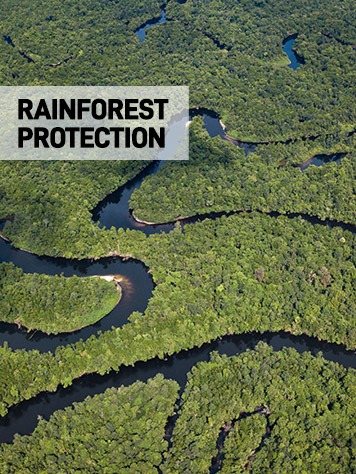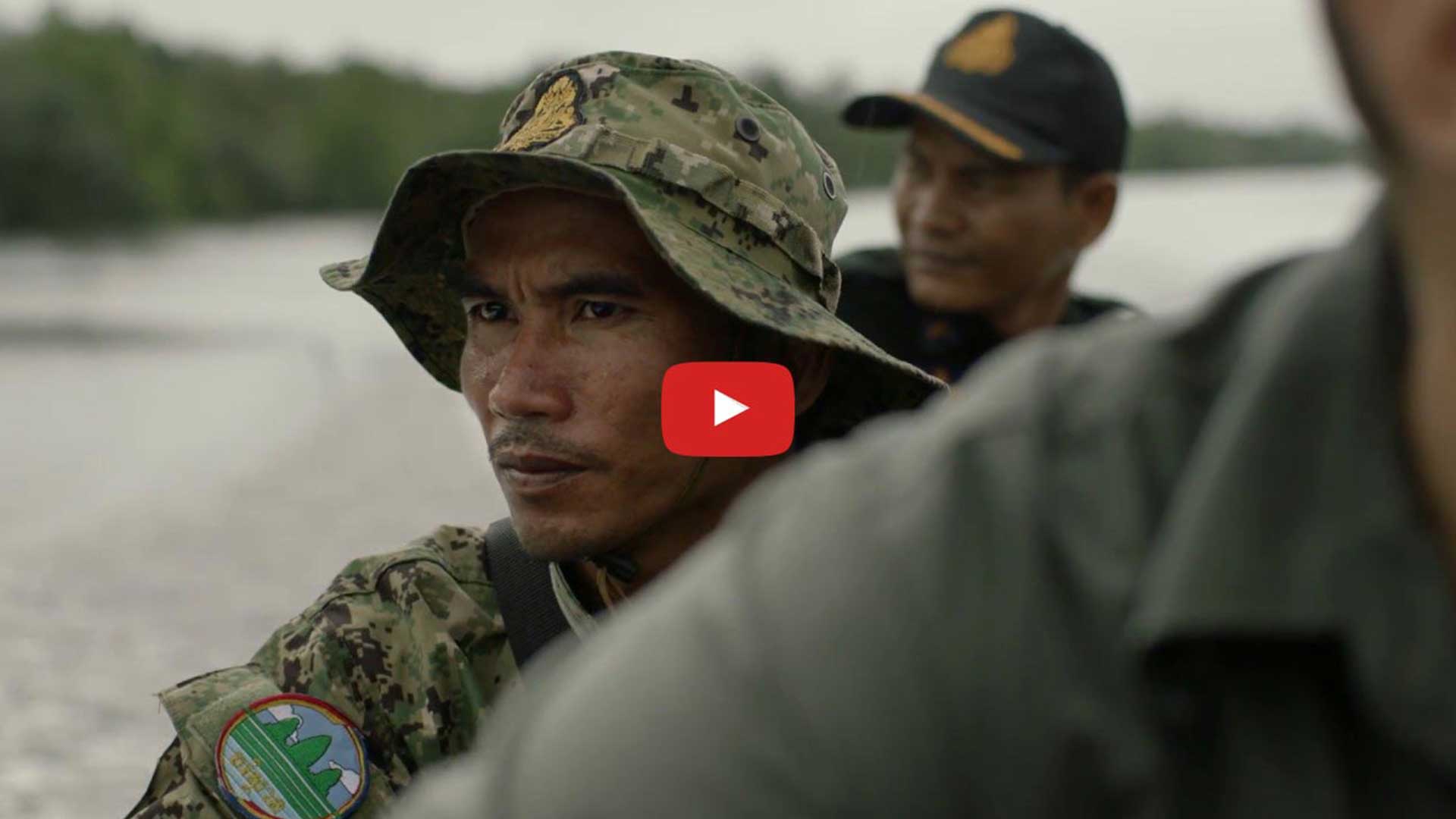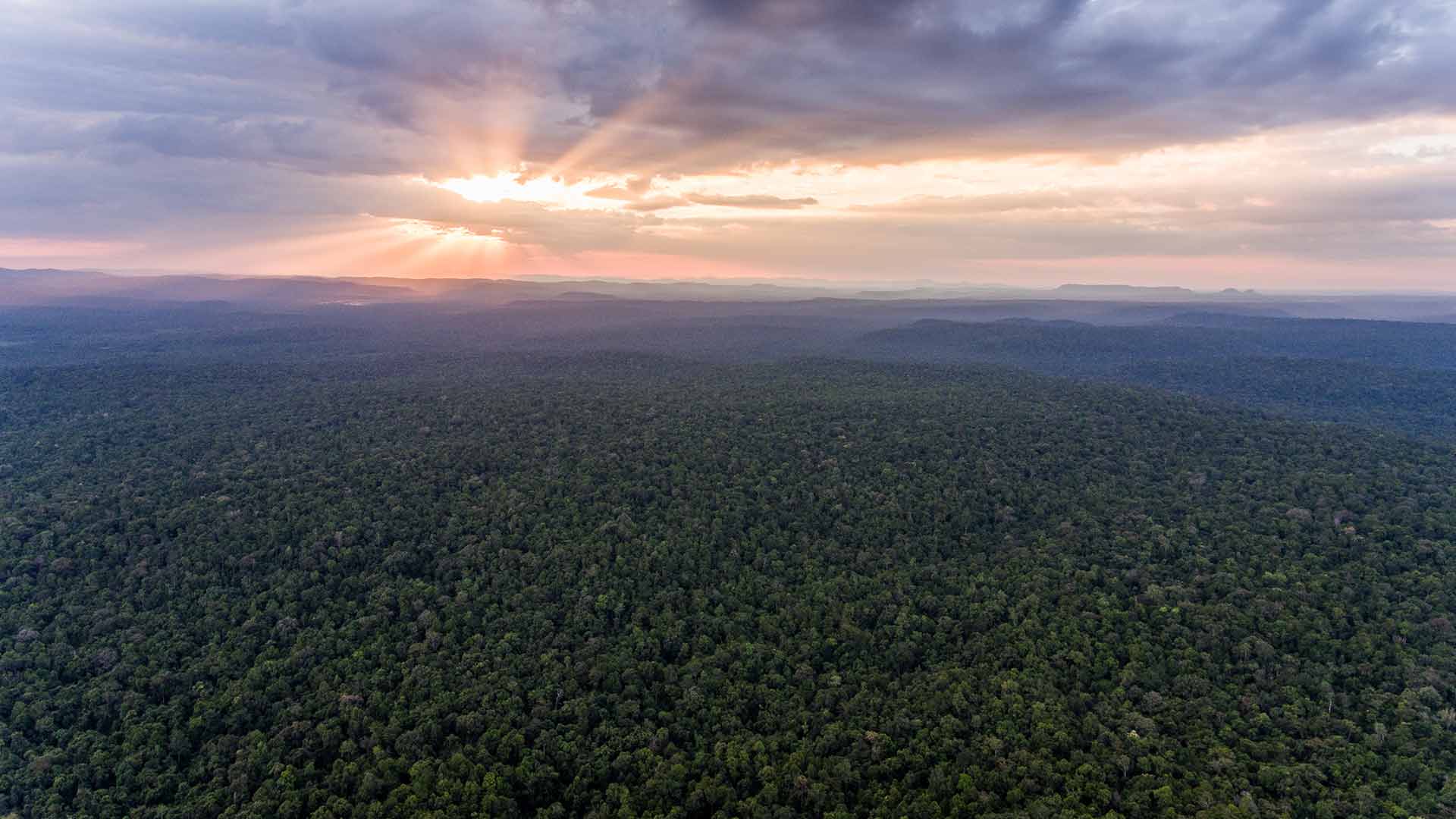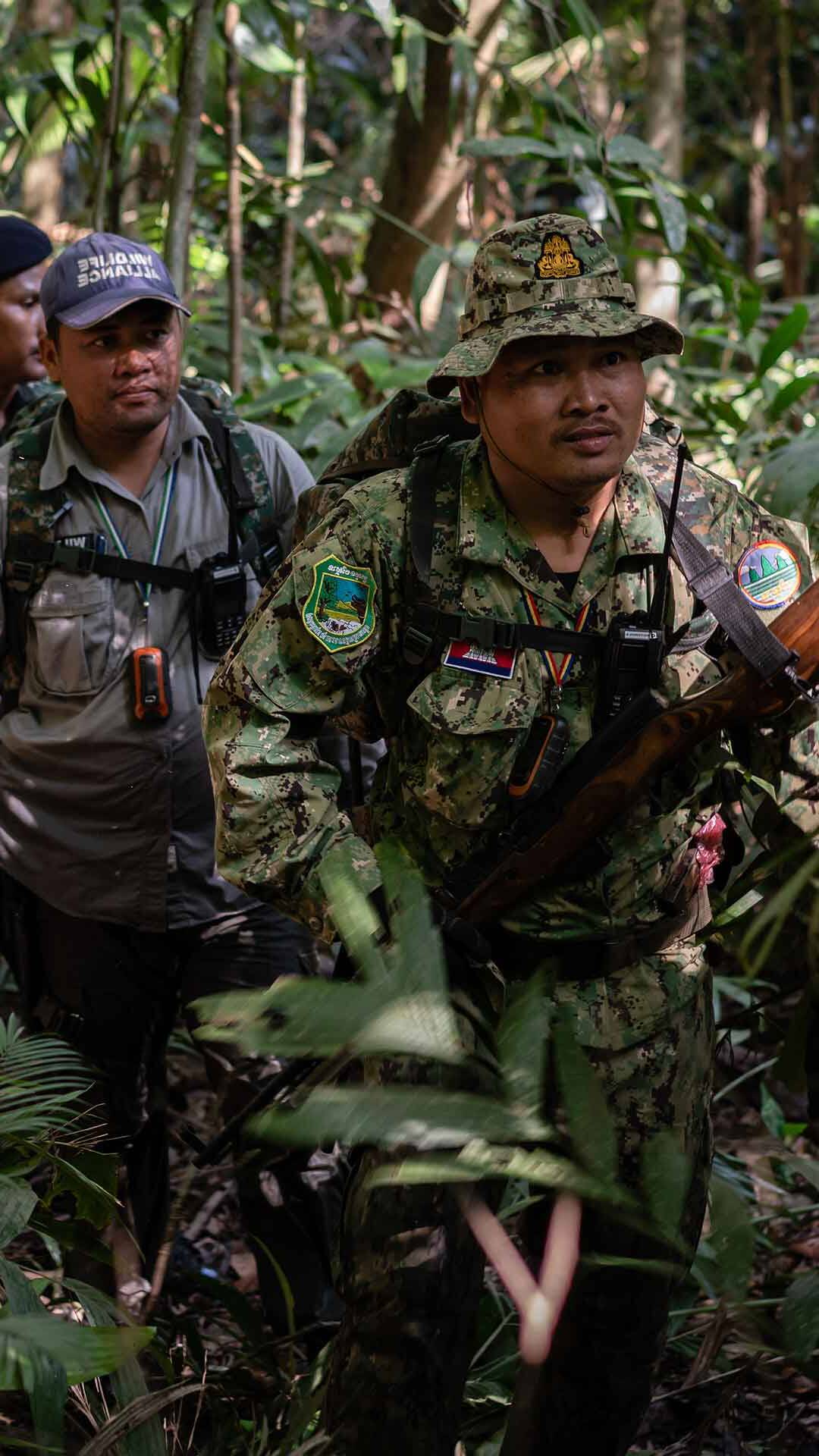OUR IMPACT
OUR IMPACT
Southeast Asia is at the center of the global extinction crisis. But, the majority of the region’s protected areas are ‘paper parks’ – simply lines on maps that offer little protection to the species who inhabit them. Wildlife Alliance delivers hands-on direct protection to 1.7 million hectares of the Cardamom Rainforest Landscape, one of Southeast Asia’s last un-fragmented rainforests in Southeast Asia.
OUR IMPACT
Southeast Asia is at the center of the global extinction crisis. But, the majority of the region’s protected areas are ‘paper parks’ – simply lines on maps that offer little protection to the species who inhabit them. Wildlife Alliance delivers hands-on direct protection to 1.7 million hectares of the Cardamom Rainforest Landscape, one of Southeast Asia’s last un-fragmented rainforests in Southeast Asia.
DIRECT PROTECTION
The price of keeping the Cardamom Rainforest standing is constant vigilance. Wildlife Alliance manages 11 ranger stations that carry out over 5,000 patrols covering around 140,000 km every year.
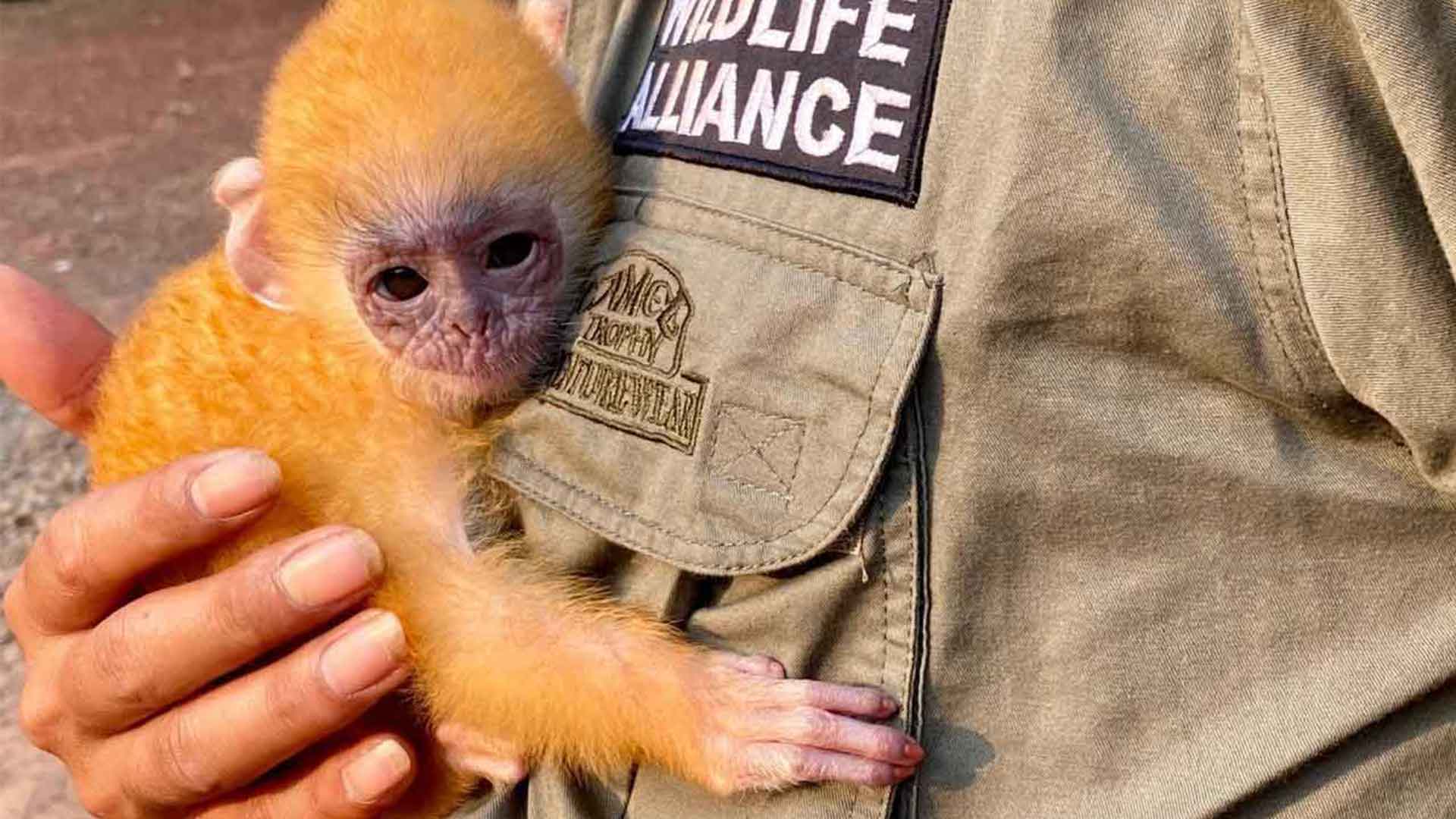
DIRECT PROTECTION
The price of keeping the Cardamom Rainforest standing is constant vigilance. Wildlife Alliance manages 11 ranger stations that carry out over 5,000 patrols covering around 140,000 km every year.

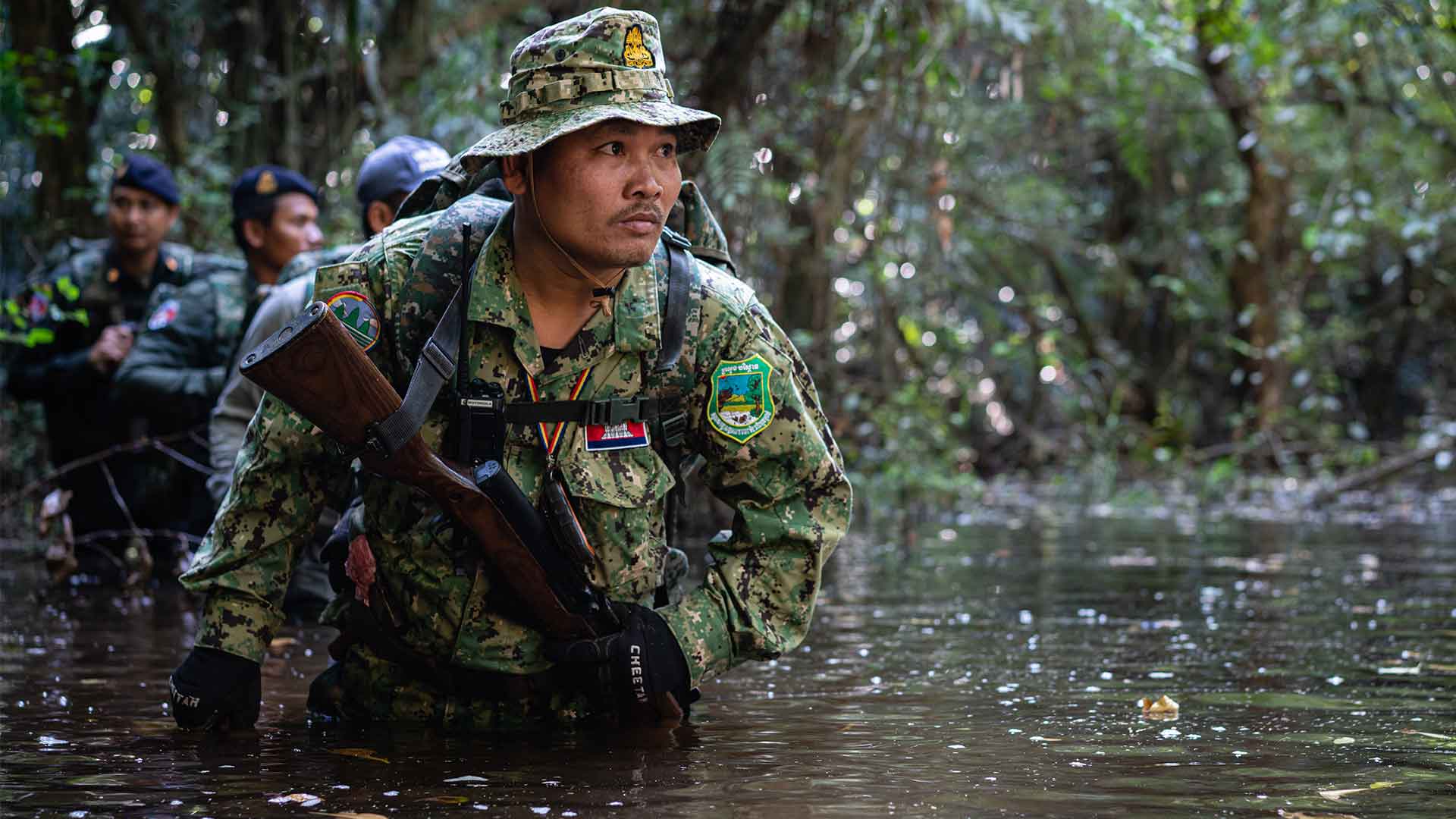
LAW ENFORCEMENT
We’re watching the Cardamom Rainforest. 365 days a year, 24 hours a day, our dedicated park rangers patrol the Cardamoms by ground, water, and air. Rangers are often on patrol for days at a time in pursuit of illegal loggers and poachers.

LAW ENFORCEMENT
We’re watching the Cardamom Rainforest. 365 days a year, 24 hours a day, our dedicated park rangers patrol the Cardamoms by ground, water, and air. Rangers are often on patrol for days at a time in pursuit of illegal loggers and poachers.
WALLS OF DEATH
The greatest threat to biodiversity in Southeast Asia is hunting. While many hunting methods are used, the predominant method is snaring. Snares are like ticking time bombs for animals — every snare is a potential death sentence — and almost any animal can fall victim to snares, from pangolins to elephants.
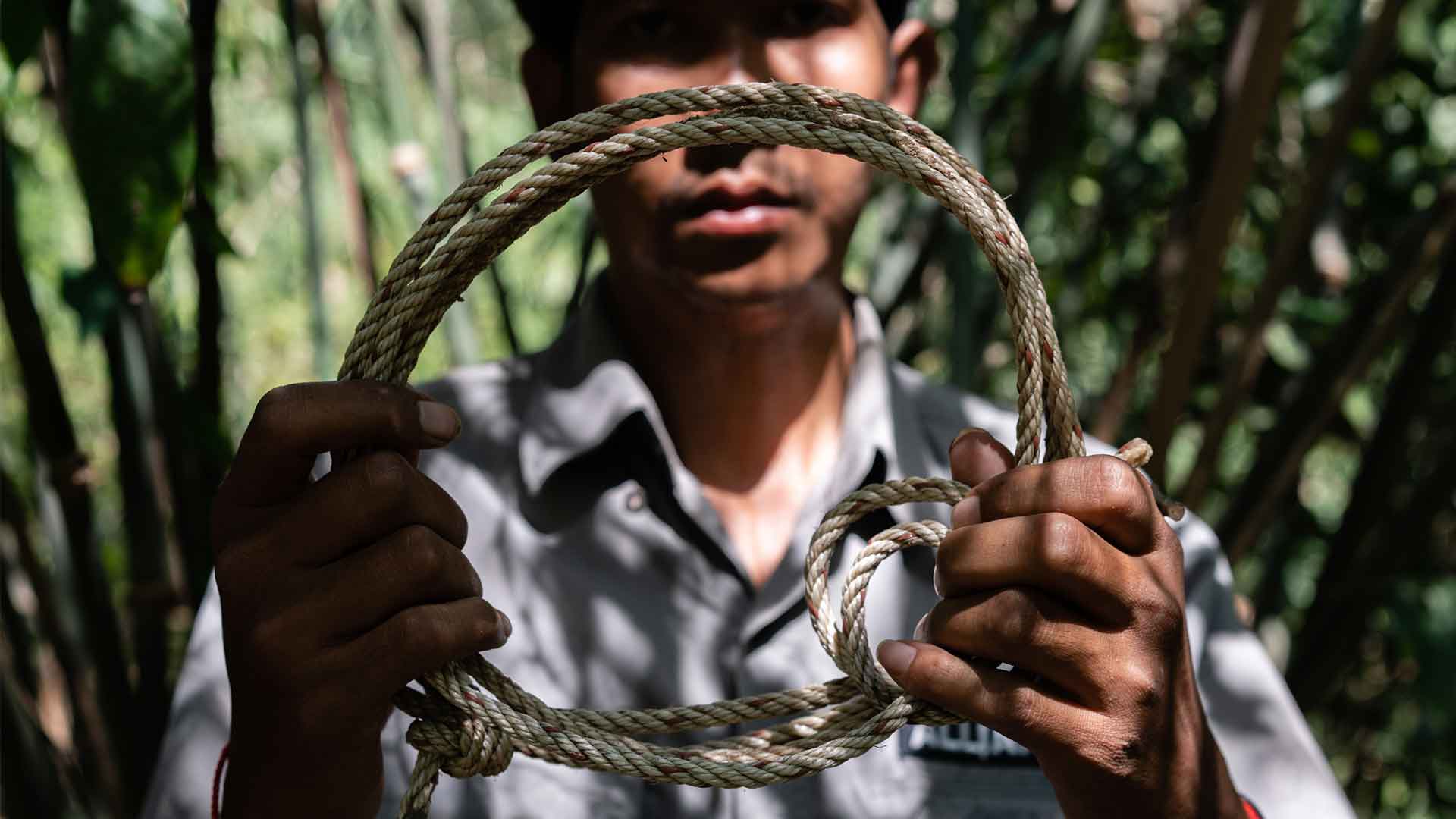
WALLS OF DEATH
The greatest threat to biodiversity in Southeast Asia is hunting. While many hunting methods are used, the predominant method is snaring. Snares are like ticking time bombs for animals — every snare is a potential death sentence — and almost any animal can fall victim to snares, from pangolins to elephants.

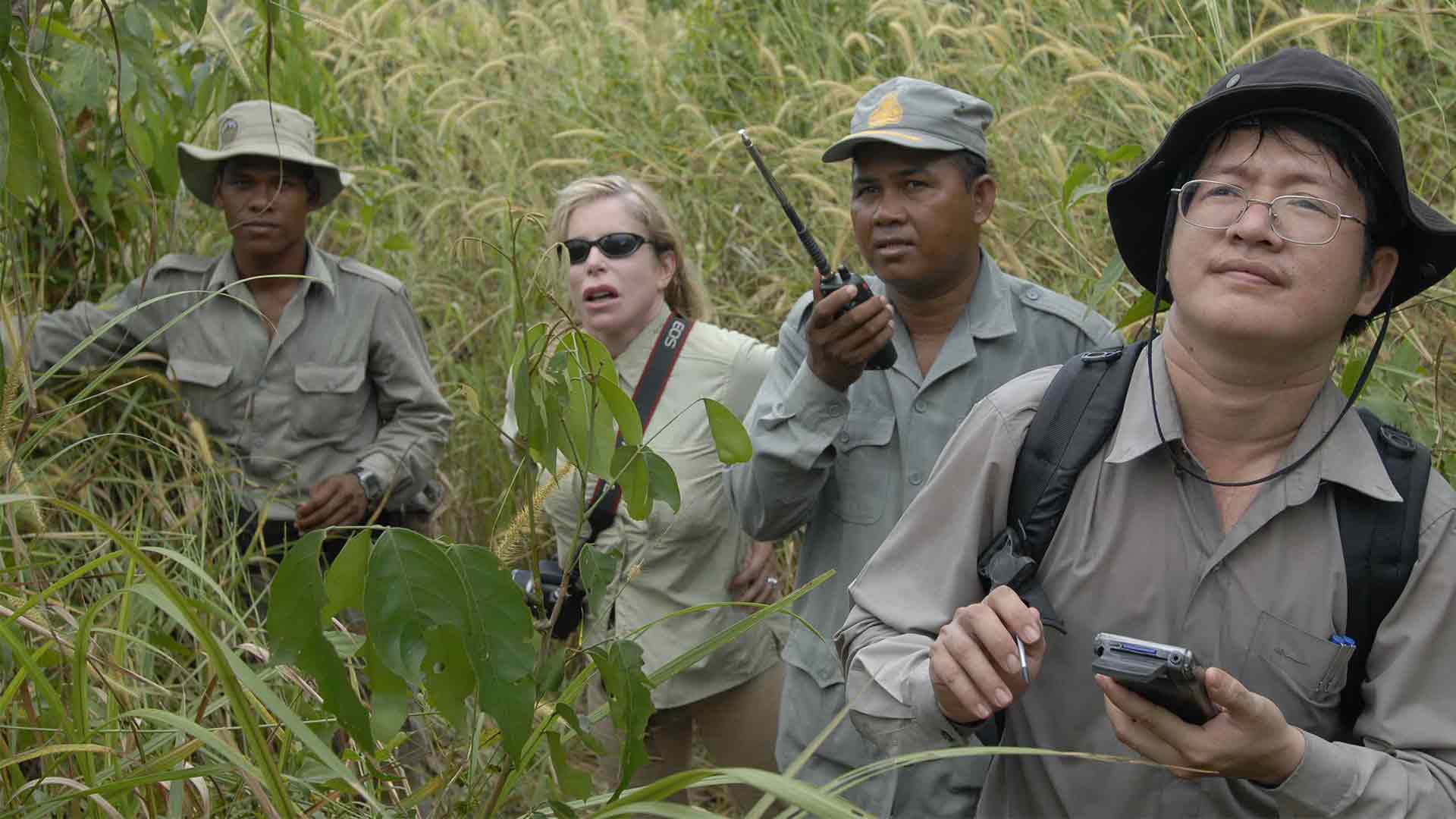
ZONING & DEMARCATION
Wildlife Alliance facilitates zoning and demarcation of land for communities so families can claim enough land for permanent agriculture or other livelihoods.

ZONING & DEMARCATION
Wildlife Alliance facilitates zoning and demarcation of land for communities so families can claim enough land for permanent agriculture or other livelihoods.
Our forest rangers work tirelessly to protect some of the world’s most endangered animals in one of Southeast Asia’s last great rainforests.

